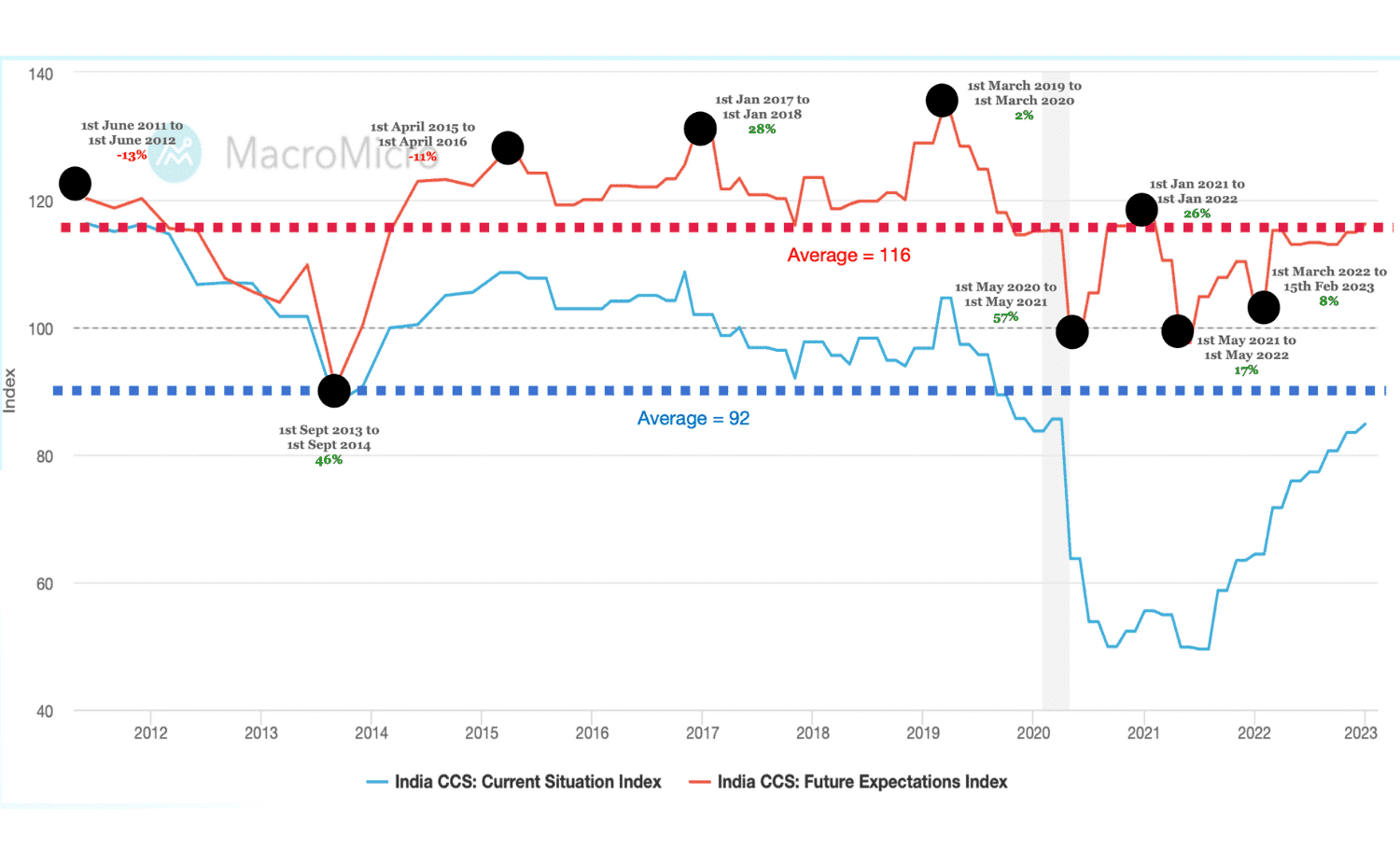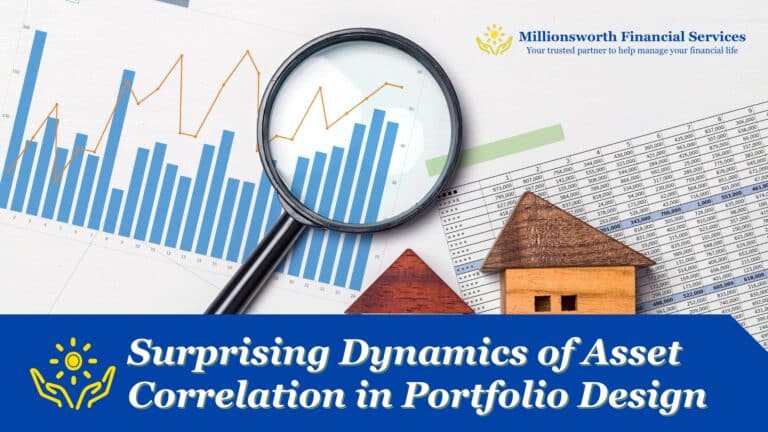Fear, nervousness, excitement, anxiety, over-confidence, greed. Are these terms sound familiar to you but still wondering how to include them in your decisions making process? Well, stay in this video as we will about discuss investors’ sentiments and how to apply these learnings for a better investment decision.
Hello Everyone, I am Vinod Prajapati, and in this video, we will explore if now is a good time to invest based on current sentiments.
Just to explain the concept, I am giving you two scenarios:
- Everyone Is Very Optimistic About The Future
- Everyone Is Very Sceptical About The Future
Now, answer me whether you will choose to invest in scenario 1 or scenario 2. Many of us will say that scenario 1 is a better time to invest our money. But here is a catch. Because the stock market works on future expectations and is always forward-looking, near-term optimism gets priced in faster than we can think of and then we invest at higher levels with huge expectations. Which leads to a negative return or lower than the average equity market returns.
Let’s look at the empirical data and learn it better.
RBI publishes consumer confidence survey results on a bi-monthly basis. The survey obtains current perceptions and one-year ahead expectations on the general economic situation, employment scenario, overall price situation and own income & spending.
This graph represents the RBI’s consumer confidence survey results from June 2011 till 15th Feb 2023. Because many of us feel comfortable investing in an optimistic economic scenario, let’s see what would have been our returns immediately after 12 months from the periods of extreme optimism. Except in one period (i.e. 1st Jan 2017 till Jan 2018), we would have made a negative return or a lower single-digit return.
And had we been a contrarian investor and had invested during the periods of extreme pessimism? Well, we would have earned more than the average equity market returns, most of the time. At present, the future expectations index level is around its average. In Jan 2021, investors’ sentiments index level was around its average, and at that time equity market in India generated a 26% return in the next 12 months. But remember that the perception of the current situation was very bad then. Which is not the case now. So, what do you think the next 12 months’ return would be? Do let me know your thoughts in the comment.
A similar index for the US equity market performance and consumer sentiment is available for a reasonably long period. If you look at the periods of extreme optimism, the next 12 months’ equity market returns have been either negative or in the lower single digit. The average returns subsequent to 8 sentiment peaks have been just 4.1%. On the other hand equity market returns after periods of extreme pessimism have been abnormally high, most of the time. You may have noticed that the average returns subsequent to 8 sentiment troughs have been 24.9%. At present, investors’ confidence is at around 65, against their average index level of 85. Do you think it’s a good idea to invest a portion of our investments in the US equity market? Do let us know in the comment.
Let me warn you that identifying extreme optimism and pessimism is going to be very tough, just like identifying the tops and bottoms of the equity market. So, a practical way of implementing today’s learning in our investment decisions would be that, when we see that the investors’ sentiment index fall below the average, we start investing in equities through SIP. Or gradually increase allocation to equities in our portfolio through a systematic approach. If you know or can think of any other practical way of including investors’ sentiment index in the investment decision-making process, do let us know in the comment.





